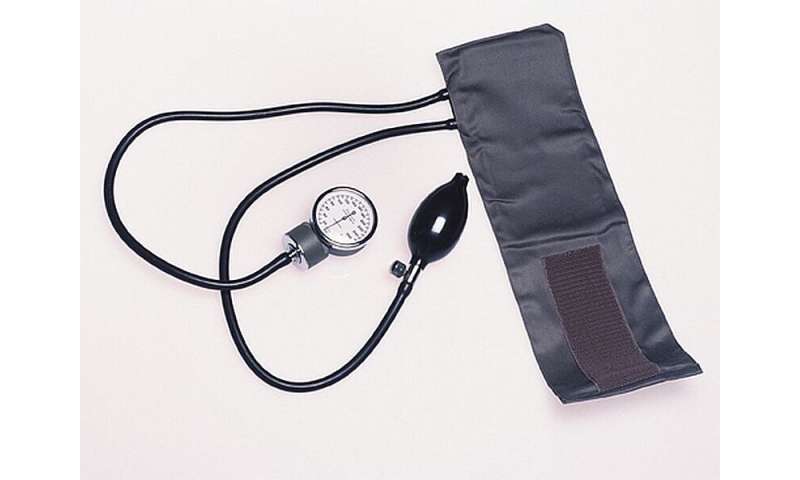
High blood pressure is a risk factor for many serious health threats, such as heart attack and stroke.
The most recent guidelines from the American Heart Association, the American College of Cardiology and other health organizations reflect research findings that lowering the threshold for high blood pressure and starting treatment earlier does a better job of preventing these complications.
The guidelines stem in part from studies funded by the U.S. National Institutes of Health. Results showed increased heart health benefits to having the top, or systolic, number below a reading of 120 mm Hg.
The New Normal: What Your Blood Pressure Reading Means
- Normal blood pressure: Less than 120 and less than 80 mm Hg
- Elevated blood pressure: 120-129 and less than 80 mm Hg
- Hypertension stage 1: 130-139 or 80-89 mm Hg
- Hypertension stage 2: 140 or higher and/or 90 mm Hg or higher
Another key guideline recommends starting treatment when readings reach 130/80 mm Hg rather than the old target of 140/90 mm Hg. For some people, treatment simply means making lifestyle changes with diet and exercise, while others will do better with medication, such as when, for example, they have a higher personal risk for heart disease.
If you have other health conditions like kidney disease or diabetes, it may take more time and effort working with your doctor to find the right balance of medications to bring results with the fewest side effects.
Source: Read Full Article
